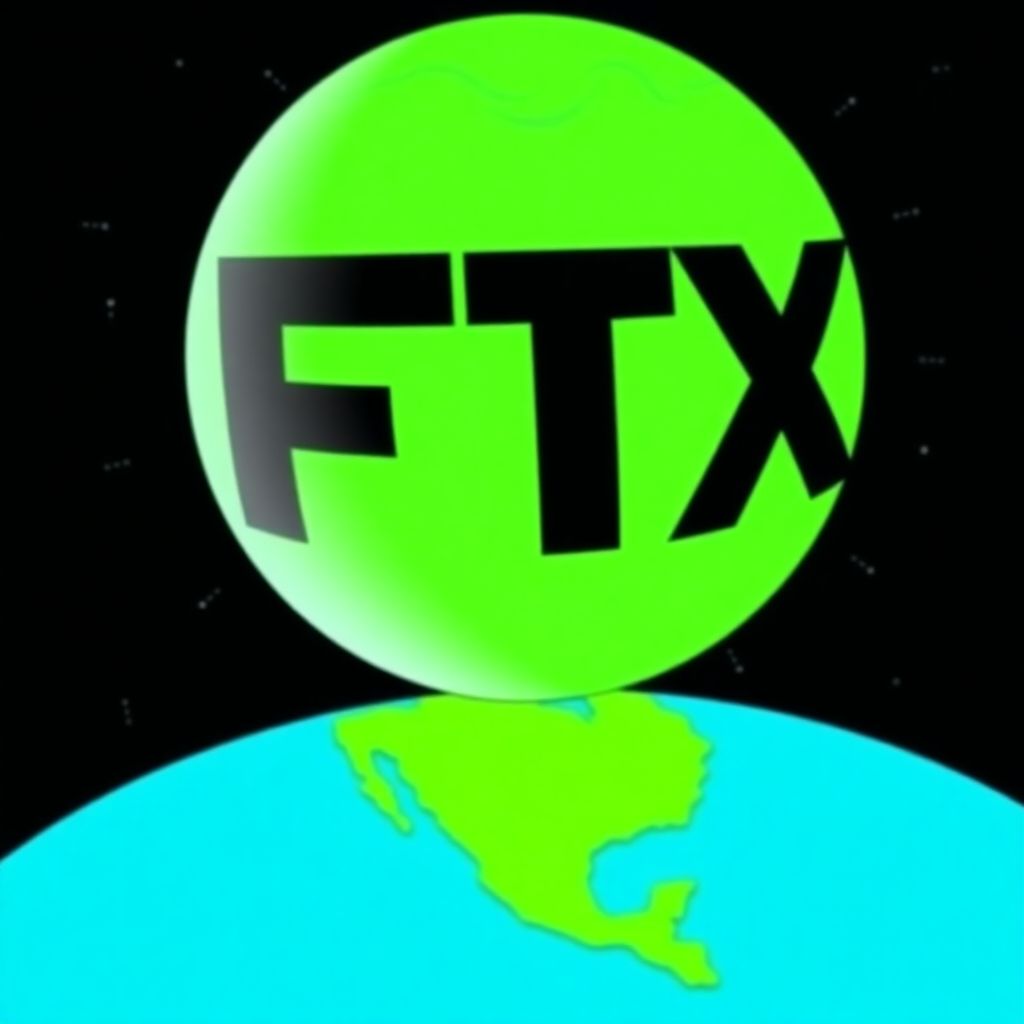FTX Reverses Strategy: Drops Controversial Plan That Could Have Affected Global Creditors
The bankruptcy administrators of collapsed crypto exchange FTX have reversed course on a proposal that sparked outrage among international creditors. Initially, the FTX Recovery Trust sought to impose restrictions on payouts to creditors residing in nearly 50 countries, citing vague or restrictive local crypto regulations. But after mounting legal challenges and widespread backlash, the estate has officially withdrawn the motion, signaling a significant shift in how FTX plans to handle creditor claims.
The now-abandoned motion, filed in early July, would have affected thousands of claimants from countries such as China, Russia, Saudi Arabia, and Ukraine. The proposal aimed to limit or delay distributions to these regions based on regulatory uncertainties, potentially jeopardizing the financial recovery of countless individuals and institutions. However, within days of the filing, more than 70 formal objections poured into the bankruptcy court, forcing the estate to reconsider its stance.
Weiwei Ji, a creditor directly impacted by the proposed exclusions, welcomed the reversal but warned that vigilance is still necessary. He emphasized that the initial move to restrict foreign claims highlighted a broader issue of trust in the crypto space. “This wasn’t just about FTX,” Ji noted. “This was about the precedent it could have set for global crypto insolvencies.”
While this U-turn may represent a win for transparency and fairness, questions remain about the actual value of the payouts creditors will receive. The FTX estate has outlined a repayment plan that promises to return approximately 143% of claims in fiat terms. However, critics argue this metric is misleading. Since the repayments are being made in traditional currency rather than crypto assets, many creditors who initially held cryptocurrencies may end up recouping only a fraction of the original value, especially when considering the dramatic rise in crypto prices since the exchange’s collapse.
Sunil Kavuri, a well-known advocate for FTX creditors, voiced concern that the fiat-based repayment model does not truly reflect the damage incurred. “The estate is boasting about repayment percentages, but that doesn’t account for the massive losses suffered by crypto holders,” he said. “If you lost one Bitcoin worth $60,000 and get back $20,000 in fiat, that’s not 143% recovery—it’s a 67% loss.”
Meanwhile, the legal woes of FTX co-founder Sam Bankman-Fried continue to unfold. Currently serving a 25-year prison sentence for fraud and conspiracy, Bankman-Fried is appealing his conviction. His legal team argues that the trial was marred by judicial bias, media frenzy, and prosecutorial overreach. In a detailed appeal filed with the 2nd US Circuit Court of Appeals, his attorneys claim that US District Judge Lewis Kaplan compromised the fairness of the proceedings by pressuring the jury and excluding key evidence.
According to defense lawyer Alexandra Shapiro, who is leading the appeal, Judge Kaplan allegedly ridiculed Bankman-Fried’s testimony and restricted his ability to present a full defense. One major grievance is the court’s refusal to allow the jury to hear that FTX had enough assets to cover customer losses, a point central to Bankman-Fried’s claim that he never intended to defraud anyone.
Adding to the intrigue, there are reports that Bankman-Fried’s parents are exploring political channels in hopes of securing a future pardon. Some insiders speculate that a potential request could be made to former President Donald Trump, should he return to office—a controversial move that would likely ignite further debate over ethics and accountability in the crypto industry.
Beyond the courtroom and creditor disputes, FTX’s estate is also making headlines for its asset management decisions. The company recently staked over $125 million in Ethereum and Solana, leading to speculation about how these investments may influence the estate’s ability to repay creditors more fully. While some see it as a prudent move to grow the estate’s value, others question the risks involved, particularly in a volatile crypto market.
In another development, FTX has begun the process of distributing over $5 billion to approved creditors, with payments scheduled to start by the end of May. This rollout is being closely monitored by stakeholders, who are eager to see whether the estate can deliver on its ambitious repayment promises.
Legal observers are also watching a separate but related case involving Three Arrows Capital (3AC), which recently received court approval to pursue $1.5 billion in claims against FTX. The approval marks a legal setback for the FTX estate and could open the door for additional large-scale claims, potentially complicating the distribution process and reducing available assets for smaller creditors.
The implications of FTX’s collapse continue to ripple across the crypto landscape. Investors and regulators alike are scrutinizing how the fallout is being managed, and many see it as a litmus test for future bankruptcy proceedings in the digital asset space. The FTX saga has also prompted renewed calls for clearer global regulations to ensure that creditors in similar cases are treated equitably, regardless of geographic location.
As the bankruptcy case unfolds, transparency and fairness remain top concerns. Creditors are demanding more clarity on how asset valuations are determined, how staking profits will be used, and whether claims will be adjusted to reflect market realities post-collapse. Some legal experts have proposed the idea of hybrid compensation models—where creditors receive partial repayment in crypto assets alongside fiat—to better align with the original nature of their holdings.
Furthermore, the case has sparked broader discussions around the fiduciary responsibilities of crypto exchanges, the importance of custodial transparency, and the urgent need for investor protections in an industry still shaping its legal and ethical boundaries.
In the end, FTX’s legacy may be defined not just by its dramatic downfall, but by how it navigates the complex path to restitution. Whether that journey restores some measure of trust in the crypto ecosystem—or further erodes it—will depend heavily on the decisions made in the coming months.

